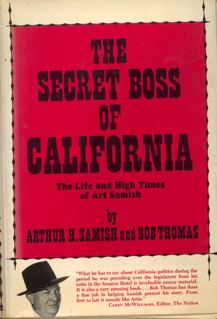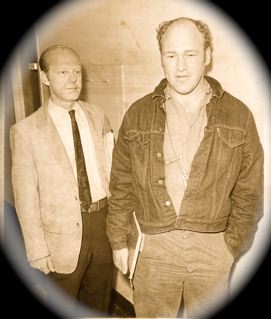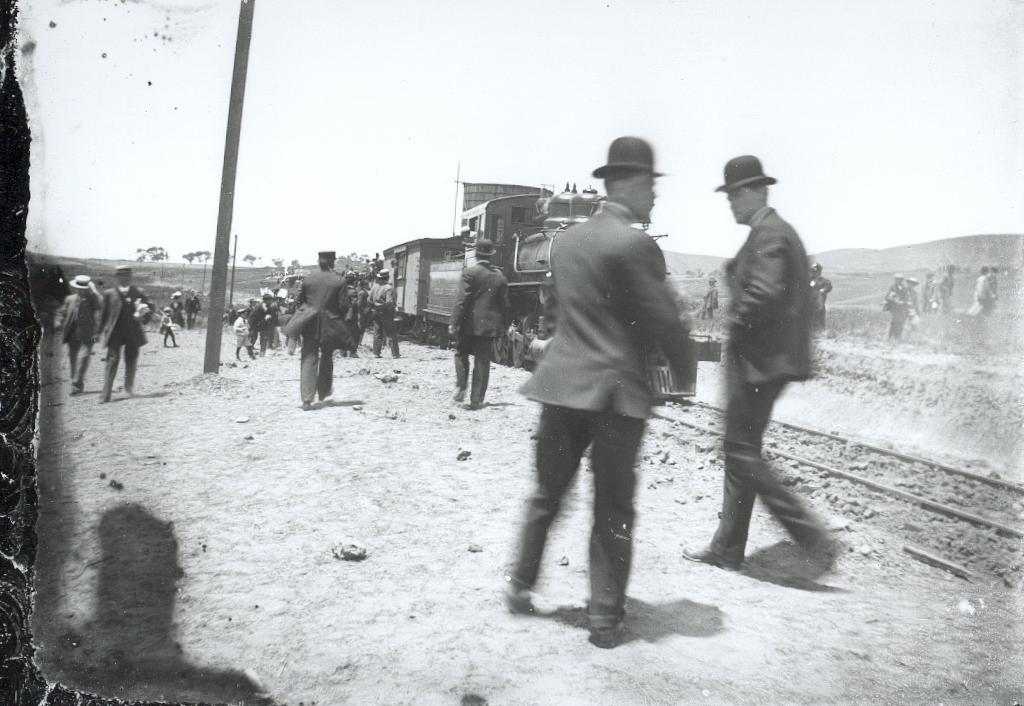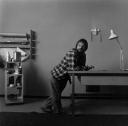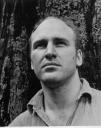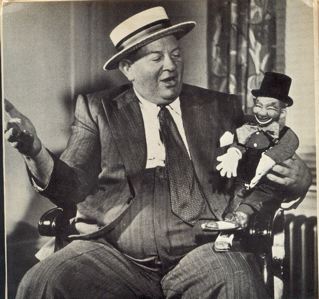 (Photo: at left, Arthur Samish in a satiric pose as a ventriloquist.)
(Photo: at left, Arthur Samish in a satiric pose as a ventriloquist.)
Beginning his colorful career as a young history clerk in the State Assembly at Sacramento, the ambitious, politically saavy Arthur Samish set himself up as a “public relations counsel” for special interests–at a hotel across the street from the capitol dome.
“I can tell if a man wants a baked potato, a girl or money,” Samish once bragged.
He proved to be a skillful mastermind and strategist, blending his business instincts and political know-how. As owner and operator of the Pacific Auto Stages, an interurban bus service, he engineered a complex million dollar deal merging 18 major California bus lines into the national Greyhound bus system.
Samish reportedly raised $1 million over a six-year period from a nickel-a-barrel levy on beer provided by his biggest client, the Brewers Institute. In his autobiography, he explained that these funds were a war chest used to “select and elect” legislators who would see things his way. If they didn’t, he’d “unelect them.” Samish didn’t care if they were Democrats or Republicans.
…To Be Continued…

